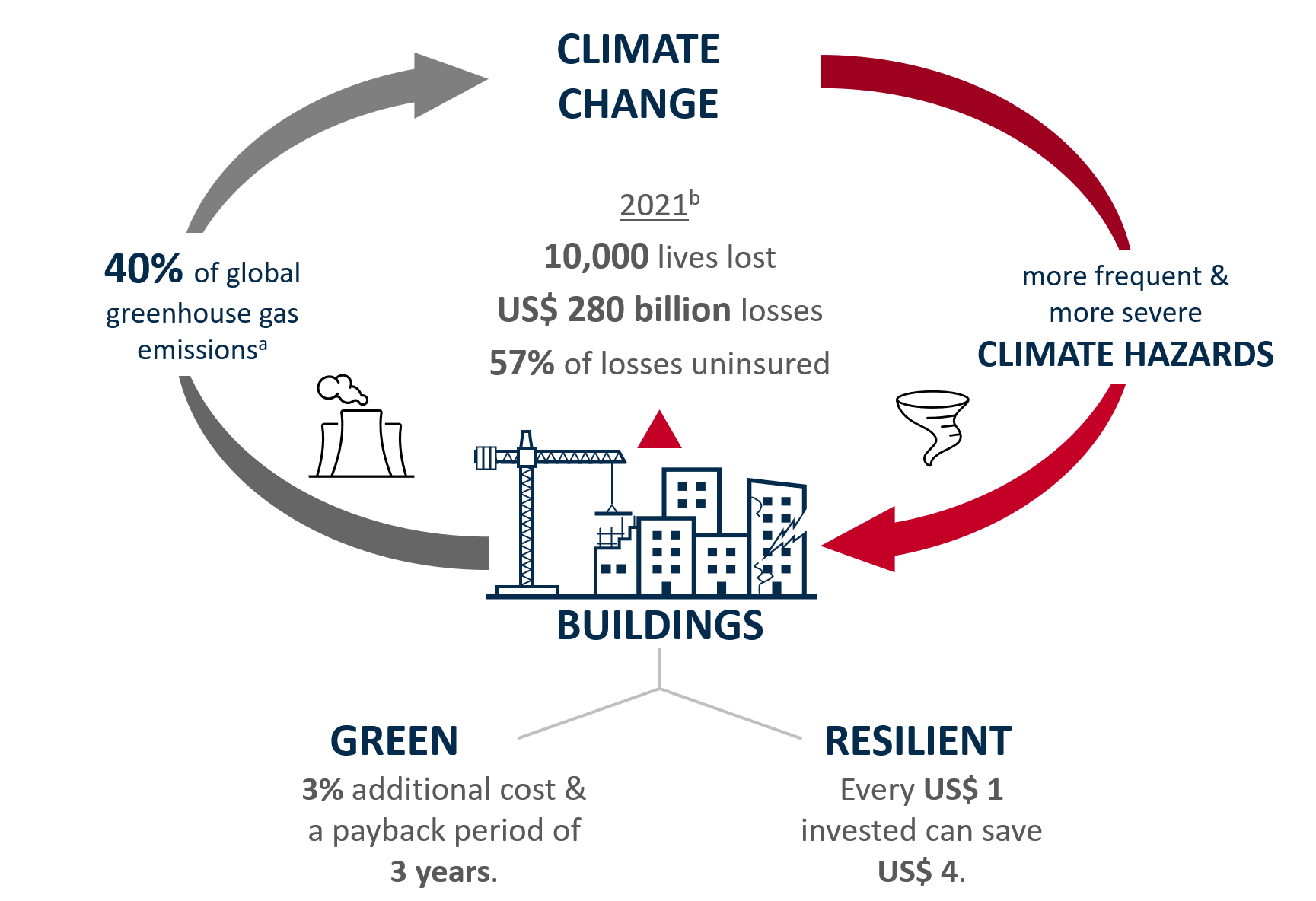Introduction:
Severe weather events, such as hurricanes, floods, and extreme heatwaves, pose significant challenges to our infrastructure systems. As climate change exacerbates the frequency and intensity of these events, there is a growing imperative to design infrastructure that can withstand their impact. Resilient infrastructure design aims to enhance the ability of built systems to withstand, adapt to, and recover from such extreme events. In this blog post, we will explore the principles and strategies of resilient infrastructure design for severe weather events and highlight the importance of integrating resilience into the planning and development of infrastructure projects.
Understanding Resilient Infrastructure Design: Resilient infrastructure design involves a holistic approach that considers the interdependencies between physical, social, and environmental factors. It encompasses various principles and strategies aimed at enhancing the robustness, flexibility, and adaptability of infrastructure systems to withstand and recover from shocks and stresses. Key aspects of resilient infrastructure design include redundancy, diversity, modularity, flexibility, and adaptive capacity.
Principles of Resilient Infrastructure Design:
1. Redundancy: Redundancy involves incorporating backup systems, alternate routes, and redundant components into infrastructure designs to ensure continuity of service in the event of a failure or disruption. For example, designing multiple water supply sources or redundant power distribution systems can help mitigate the impact of infrastructure failures during severe weather events.
2. Diversity: Diversity refers to the use of a variety of materials, technologies, and design approaches to enhance the resilience of infrastructure systems. By diversifying infrastructure assets and systems, engineers can reduce the risk of cascading failures and increase the system’s ability to adapt to changing conditions. For instance, using a mix of green and gray infrastructure solutions for stormwater management can improve resilience to flooding and water pollution.
3. Modularity: Modularity involves breaking down complex infrastructure systems into smaller, interconnected components or modules that can be easily assembled, disassembled, or replaced as needed. Modular designs enable rapid deployment, scalability, and flexibility, allowing infrastructure systems to adapt to evolving conditions and requirements. Prefabricated modular construction techniques, for example, can expedite the construction of resilient buildings and transportation infrastructure.
4. Flexibility: Flexibility entails designing infrastructure systems that can accommodate a range of operational conditions and respond dynamically to changing circumstances. Flexible designs allow for adjustments in capacity, functionality, and use to optimize performance and mitigate risks. For instance, designing transportation networks with adaptable routing algorithms can help optimize traffic flow and minimize disruptions during severe weather events.
5. Adaptive Capacity: Adaptive capacity involves building infrastructure systems that can learn from past experiences, anticipate future challenges, and adjust their behavior accordingly. This requires continuous monitoring, feedback mechanisms, and learning processes to improve resilience over time. Incorporating smart sensors, predictive analytics, and real-time monitoring systems can enhance the adaptive capacity of infrastructure systems to withstand and recover from severe weather events.
Strategies for Resilient Infrastructure Design:
1. Climate-Informed Design: Integrating climate data, risk assessments, and future projections into the design process to anticipate and mitigate the impact of climate-related hazards on infrastructure systems. This may include elevating structures to mitigate flood risks, designing buildings with higher wind resistance, or incorporating passive cooling strategies to reduce heat stress.
2. Nature-Based Solutions: Utilizing natural systems and processes, such as wetlands, green roofs, and permeable pavements, to enhance the resilience of infrastructure systems to severe weather events. Nature-based solutions can help absorb excess water, mitigate urban heat island effects, and improve biodiversity while providing multiple co-benefits to communities.
3. Community Engagement and Social Equity: Involving local communities and stakeholders in the design and decision-making process to ensure that infrastructure investments address their needs and priorities. Promoting social equity and inclusion can enhance community resilience by fostering social cohesion, reducing vulnerability, and empowering marginalized groups to participate in resilience-building efforts.
4. Integrated Planning and Design: Adopting a multidisciplinary approach that integrates land use planning, infrastructure design, and environmental management to create more resilient and sustainable communities. Integrated planning promotes synergies between different sectors and stakeholders, resulting in more effective and coordinated responses to severe weather events.
5. Long-Term Maintenance and Monitoring: Establishing robust maintenance protocols and monitoring systems to ensure the ongoing resilience and performance of infrastructure systems throughout their lifecycle. Regular inspections, maintenance activities, and performance evaluations are essential for identifying vulnerabilities, addressing emerging risks, and enhancing the resilience of infrastructure assets over time.
Conclusion:





